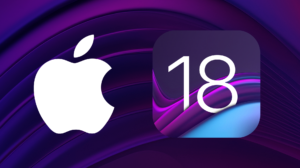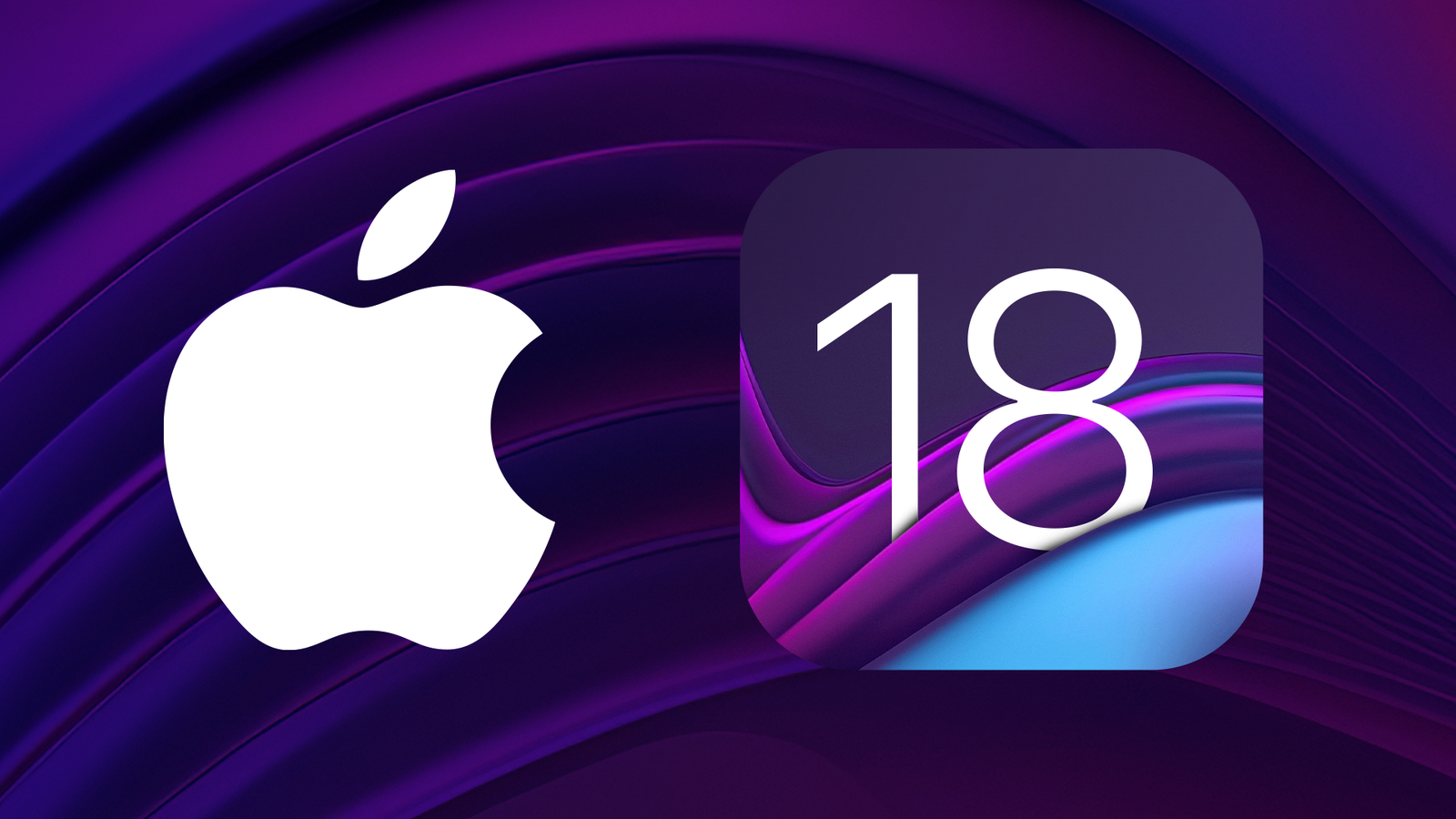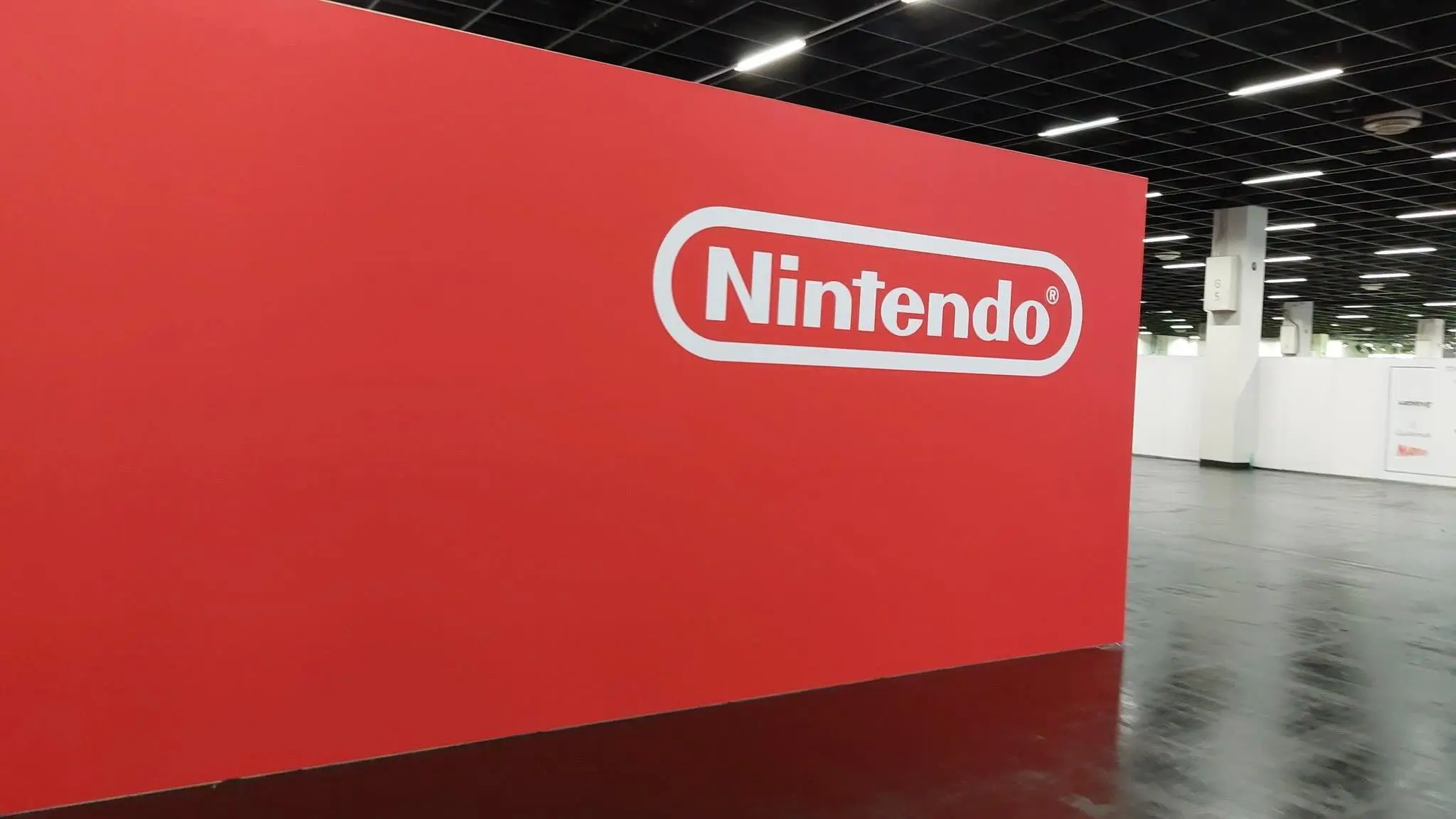The story of Microsoft is a classic tale of ambition, innovation, and a dash of good fortune. From its humble beginnings in a New Mexico garage to its current status as a global technology behemoth, the company’s journey is a source of inspiration and valuable lessons for aspiring entrepreneurs and seasoned business leaders alike. This podcast episode takes us back in time to revisit Microsoft’s startup years, unearthing fresh insights and perspectives on its remarkable rise.
Join us as we explore the pivotal moments that defined Microsoft’s early trajectory, from Bill Gates and Paul Allen’s bold decision to drop out of Harvard to pursue their software dreams, to the company’s strategic partnership with IBM that catapulted it to new heights. We’ll examine the challenges they faced, the risks they took, and the innovative spirit that fueled their relentless pursuit of success. Through in-depth analysis and expert commentary, we’ll uncover the secrets behind Microsoft’s enduring legacy and its profound impact on the technology landscape.
The Spark of Genius: A Garage in Albuquerque
In 1975, two young and ambitious friends, Bill Gates and Paul Allen, embarked on a journey that would forever change the course of computing history. Armed with a shared passion for technology and an unwavering belief in their abilities, they founded Microsoft in Albuquerque, New Mexico. Their first product, a BASIC interpreter for the Altair 8800 microcomputer, marked the beginning of their remarkable journey.
- Early Influences: Both Gates and Allen were exposed to computers at a young age, spending countless hours exploring the possibilities of this emerging technology. Their early experiences with programming and their fascination with the potential of software laid the foundation for their future endeavors.
- The Altair 8800: The Altair 8800, considered one of the first personal computers, played a crucial role in Microsoft’s early success. Recognizing the potential of this groundbreaking machine, Gates and Allen developed a BASIC interpreter that allowed users to write programs for the Altair, opening up a world of possibilities for hobbyists and developers.
Riding the PC Wave: The IBM Partnership
Microsoft’s trajectory took a dramatic turn in 1980 when IBM, the dominant force in the computer industry at the time, approached the young company to develop an operating system for its upcoming personal computer. This pivotal partnership proved to be a game-changer for Microsoft, propelling it to the forefront of the burgeoning PC revolution.
- MS-DOS: Microsoft licensed an operating system called 86-DOS from Seattle Computer Products, which it then adapted and renamed MS-DOS. This operating system became the foundation for IBM’s PC and its numerous clones, establishing Microsoft as the leading provider of operating systems for the personal computer market.
- The Licensing Strategy: Microsoft’s decision to license MS-DOS to other computer manufacturers, rather than selling it exclusively to IBM, was a stroke of genius. This strategic move allowed the company to dominate the PC software market, as MS-DOS became the de facto standard for virtually all IBM-compatible computers.
Windows: A Graphical Revolution
While MS-DOS enjoyed tremendous success, Microsoft recognized the need for a more user-friendly interface. In 1985, the company introduced Windows, a graphical operating environment that revolutionized the way people interacted with computers.
- Early Challenges: Windows faced initial challenges in gaining widespread adoption, as it required more powerful hardware than was commonly available at the time. However, with the release of Windows 3.0 in 1990, the operating system finally took off, becoming a global phenomenon.
- The GUI Advantage: The graphical user interface (GUI) of Windows made computers more accessible to a wider audience, contributing significantly to the mass adoption of personal computers. The intuitive point-and-click interface, along with features like multitasking and windowing, transformed the computing experience.
Diversification and Dominance: Beyond Operating Systems
Microsoft’s success with Windows laid the groundwork for its expansion into other areas of the software market. The company diversified its product portfolio, introducing applications like Microsoft Office, which quickly became the industry standard for productivity software.
- Microsoft Office: The suite of applications, including Word, Excel, and PowerPoint, revolutionized office productivity, providing users with powerful tools for word processing, spreadsheet management, and presentation creation.
- Internet Explorer: With the rise of the internet in the 1990s, Microsoft entered the browser market with Internet Explorer. Bundling the browser with Windows gave Microsoft a significant advantage, contributing to its dominance in the early days of the web.
Lessons from the Startup Era
Microsoft’s journey from a small startup to a global technology leader offers valuable lessons for entrepreneurs and business leaders alike:
- Vision and Adaptability: Gates and Allen’s ability to anticipate and adapt to the rapidly evolving technology landscape was crucial to their success. They recognized the potential of personal computers and the internet, positioning Microsoft at the forefront of these transformative technologies.
- Strategic Partnerships: The partnership with IBM was a pivotal moment in Microsoft’s history, demonstrating the power of strategic alliances in driving growth and market dominance.
- Innovation and Risk-Taking: Microsoft’s willingness to invest in new technologies and take calculated risks, such as developing Windows and entering the internet market, fueled its expansion and solidified its position as a technology leader.
- Customer Focus: Microsoft’s focus on developing user-friendly software that met the needs of a growing customer base contributed significantly to its success.
My Personal Reflections
Having followed Microsoft’s journey for many years, I’ve always been fascinated by its ability to reinvent itself and stay ahead of the curve. Their early embrace of the internet and their subsequent investments in cloud computing demonstrate their commitment to innovation and their ability to adapt to changing market dynamics. I believe that Microsoft’s culture of embracing new challenges and pushing the boundaries of technology will continue to drive its success in the years to come.
Looking Ahead: The Legacy Continues
Today, Microsoft remains a dominant force in the technology industry, with a diverse portfolio of products and services that touch billions of lives around the world. From its cloud computing platform Azure to its gaming console Xbox, Microsoft continues to innovate and shape the future of technology.
As we reflect on Microsoft’s remarkable journey, it’s clear that its startup years laid the foundation for its enduring success. The company’s ability to identify opportunities, embrace innovation, and adapt to change has enabled it to navigate the ever-evolving technology landscape and emerge as a true industry leader.
This podcast episode serves as a reminder that even the most successful companies started somewhere. By revisiting Microsoft’s startup years, we gain valuable insights into the key ingredients of success and the importance of perseverance, vision, and a relentless pursuit of excellence.



















Add Comment